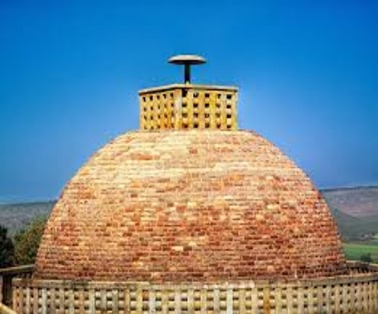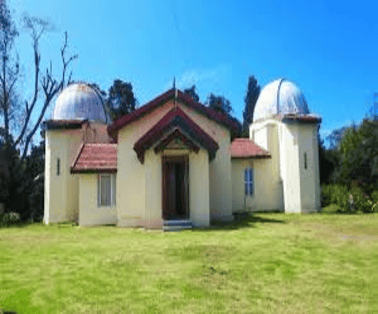Patna circle of the Archeological Survey of India (ASI) has discovered two 1200-year-old miniature votive stupas
Key Points
- The stupas, carved from stone, depict Buddha figures.
- These two votive stupas (offered in fulfilment of a vow) were discovered by the ASI officials during landscaping near Sarai Tila mound within the premises of ‘Nalanda Mahavihara
- Beginning in the 7th century CE in India, small miniature terracotta stupas became popular as votive offerings.
- Devout pilgrims visiting various holy sites and temples throughout Asia would either purchase small votive offerings or make their own.
Stupas
- The Sanskrit term stupa refers to a heap. It began as a small semi-circular earthen mound known as Anda.
- With the passage of time and the inclusion of artwork, it gradually evolved into a more sophisticated structure.
- Stupas were constructed in sacred locations. These places were considered sacred because they were associated with Buddha’s life.
- The art of writing flourished throughout Ashoka’s reign.
Details
Some Important stupas
|
Stupas |
Location |
Significance |
|
Sanchi stupa |
Madhya Pradesh |
|
|
Sarnath , Dhamek stupa. |
Uttar Pradesh |
|
|
Amaravati stupa |
Andhra Pradesh |
|
|
Bharhut Stupa |
Madhya Pradesh |
|
|
Nagarjunakonda |
Andhra Pradesh |
|
|
Piprahwa |
Uttar Pradesh |
|
|
Soneri stupa |
Madhya Pradesh |
|
Nalanda Mahavihara
- The Nalanda Mahavihara site comprises the archaeological remains of a monastic and scholastic institution dating from the 3rd century BCE to the 13th century CE.
- It includes stupas, shrines, viharas (residential and educational buildings) and important art works in stucco, stone and metal.
- Nalanda stands out as the most ancient university of the Indian Subcontinent. It engaged in the organized transmission of knowledge over an uninterrupted period of 800 years
- The archaeological remains of Nalanda Mahavihara were systematically unearthed and preserved simultaneously, these are the most significant parts of the property that demonstrate development in planning, architecture and artistic tradition of Nalanda.
To Download Monthly Current Affairs PDF Click here
Click here to get a free demo
Everything About CLAT 2025
Frequently Asked Questions
1. Sanchi Stupa is located in which state of India?
Sanchi Stupa is located in Madhya Pradesh
2. The Sanchi Stupa is which organizations world heritage site?
Sanchi Stupa is world heritage site of UNESCO
3. The art of stupas reached its pinnacle during the era of
The art of stupas reached its pinnacle during the era of Ashoka
.4. The stupa is Sanskrit for?
The stupa is Sanskrit for Heap



